- countries in the region are vulnerable to the political process
- for Central Asian states, the apparent strengthening of relations between Moscow and Beijing, without the establishment of military blocs but with a high degree of effectiveness, means that sides must be chosen

After Russian President Vladimir Putin and Chinese President Xi Jinping held talks in Moscow a few days ago, some experts concluded that Russia and China are drawing a new outline of cooperation and confirming their intention to build a new multipolar world. Can Central Asia avoid the risks of transition, and what place does it occupy in the relationship between the two countries?
The Chinese leader's visit to Russia in March coincided shortly after the conclusion of the two sessions. Xi Jinping first proposed the Belt and Road Initiative 10 years ago during his visit to Astana. After this re-election, he flew to Moscow to sign a series of agreements. This, along with the number and timing of meetings with Russian President Vladimir Putin, shows the significance of this itinerary.
A serious alliance is now being formed, uniting the South and non-Western countries. Ahead of the Moscow meeting, China, Russia and Iran reached a trilateral agreement, as well as Beijing's plan to resolve the Ukraine crisis. There are also plans to move away from a Western-centric financial system and help the yuan become a reserve currency. These are the outlines of the new system of international relations. For Central Asia, the meeting between the heads of state of China and Russia is undoubtedly of great significance. Russia and China are the main economic and security partners of Central Asia, cooperation with the West in this regard is an important factor in the short term, but in the long run, deepening cooperation with Russia will become more and more important.
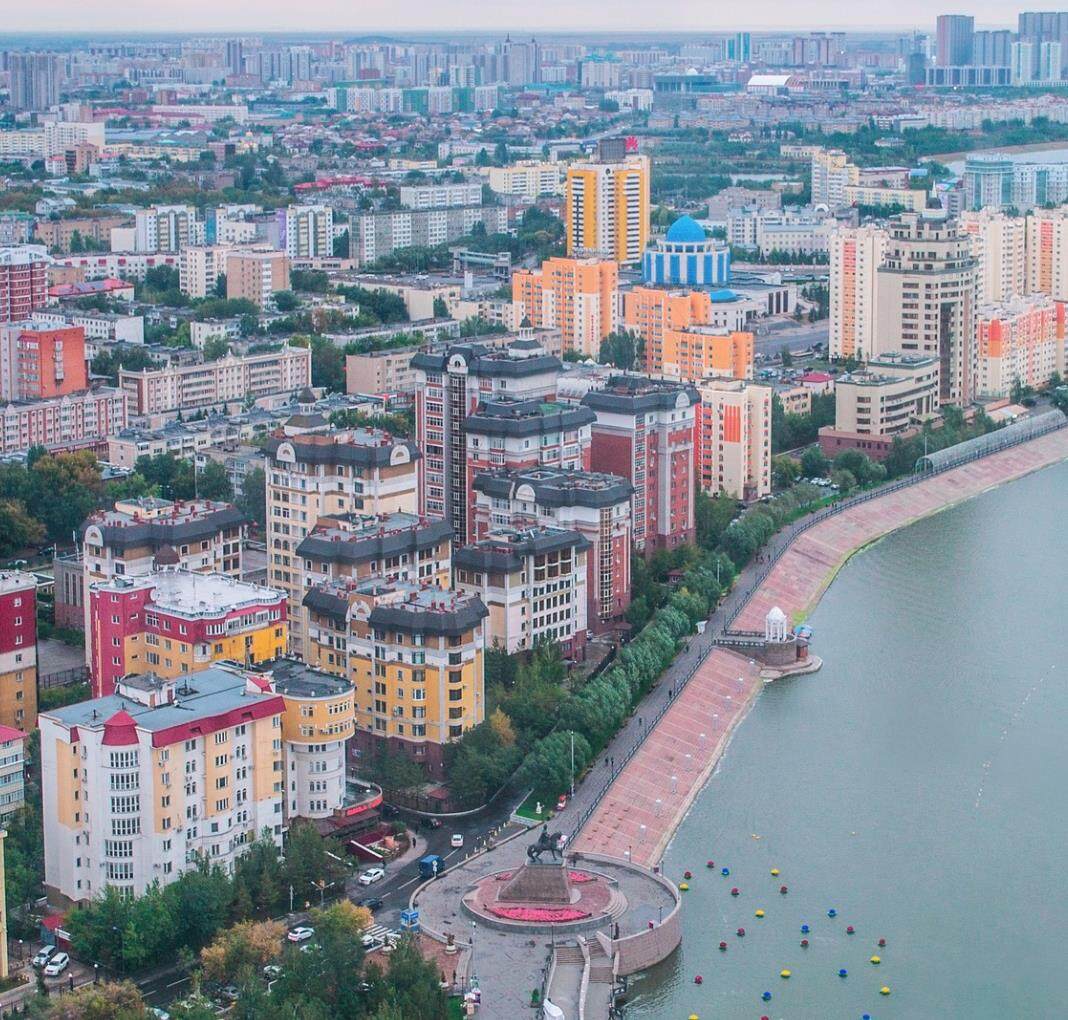
Kazakhstan is Xi Jinping's first post-epidemic visit. Afterwards, the Chinese president attended the summit of the Shanghai Cooperation Organization before heading to Saudi Arabia. The new destination this time is Moscow. The geographical distribution of Chinese leaders' trips outlines Beijing's foreign policy priorities. Russia and China now have a united front against Western economic pressure. In fact, both countries are under sanctions, and the conflict between China and the United States has continued.
Moscow and Beijing certainly understand the importance of Central Asia, especially Kazakhstan. In the face of increasing pressure from the US-UK-Australia trilateral security partnership (AUKUS), and NATO's shift of focus to the Asia-Pacific region, Central Asia should become China's reliable rear. Now, the West is trying to get Japan and South Korea to join AUKUS. In other words, Western countries will increase the pressure on Beijing.
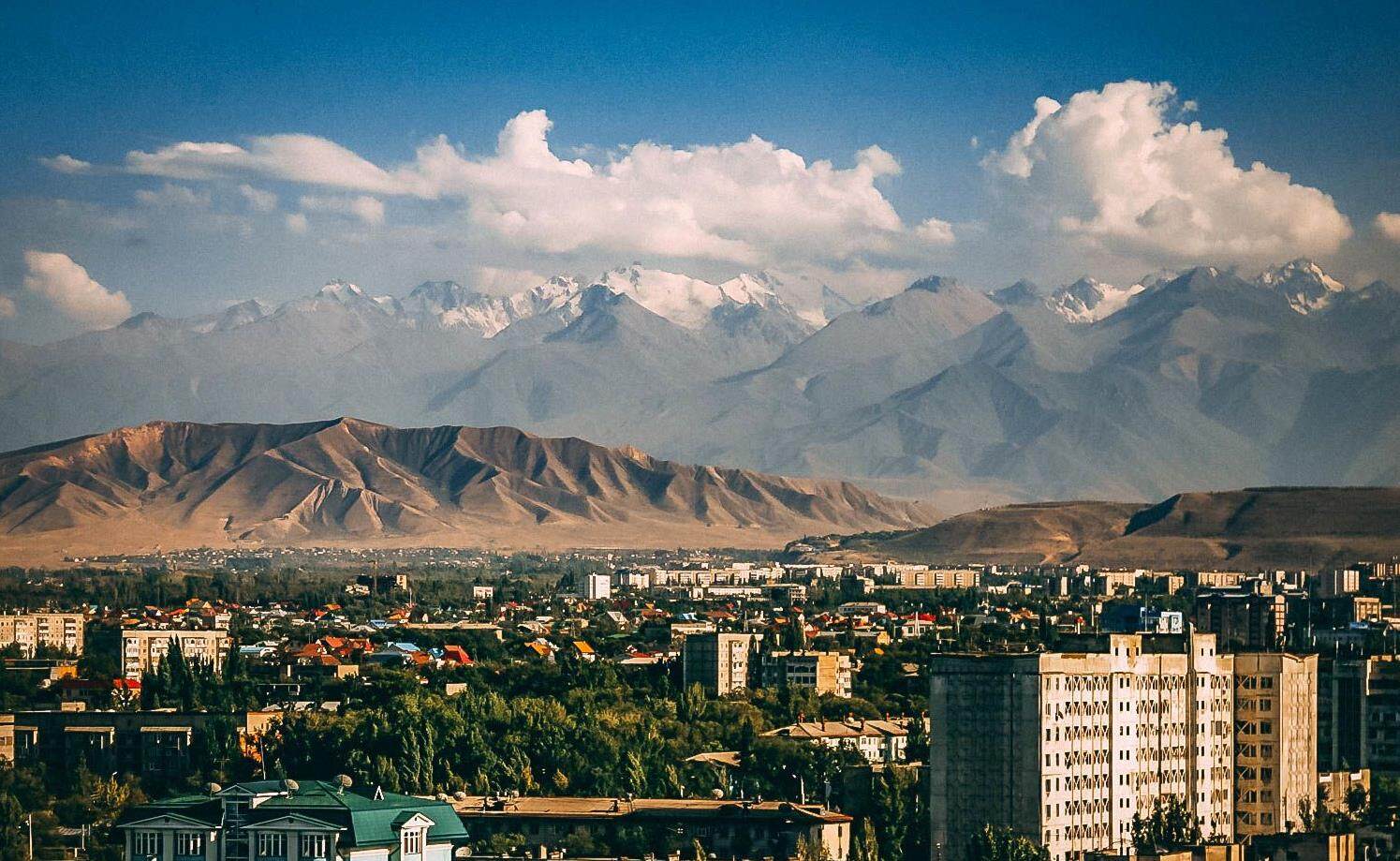
In addition, Central Asia should strengthen ties between China and Russia through the combination of the Eurasian Economic Union and the Belt and Road Initiative. Other forms of cooperation such as the Shanghai Cooperation Organization and BRICS+ are also beneficial here. This is important in a situation where the direction of European logistics and economic cooperation is currently blocked by Russia and Belarus. An unpredictable transition from a unipolar to a multipolar world is now taking place. Central Asia should be on the side of contributing to this transition.
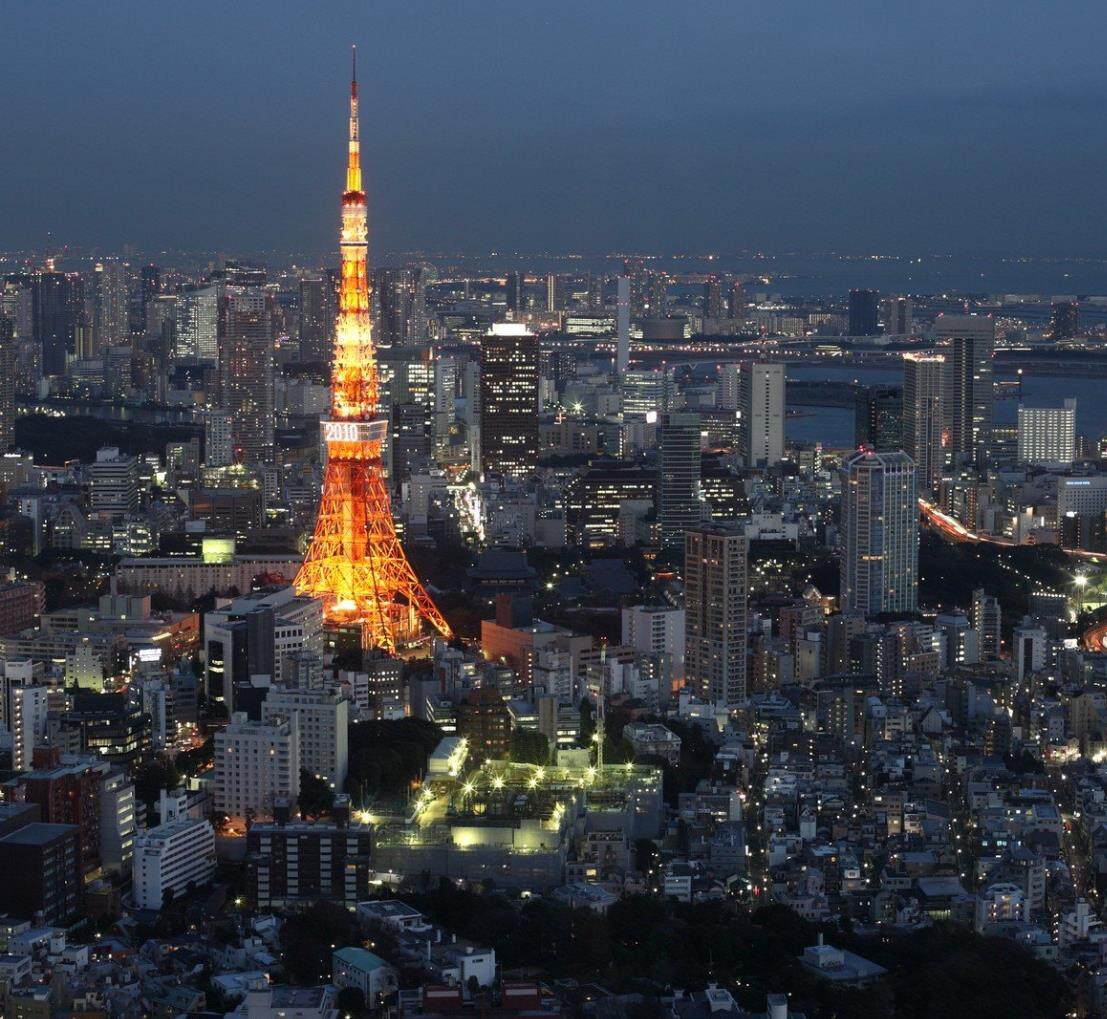
Xi Jinping's visit to Russia involves a global transformation of international relations. Moscow and Beijing have shown that the current rules-based world order is outdated and must be replaced by a law-based order. Bilateral partnerships, economic projects and resolving the Ukraine problem are of secondary importance.
Turning to Central Asia, Chinese and Russian leaders may have discussed the region's participation in global transformations, such as the reorientation of energy flows from west to southeast. Central Asian countries are forming a transport energy complex, part of which is the New Gas Alliance. Therefore, it is impossible not to mention Central Asia.
The two sides also likely discussed the importance of the Belt and Road Initiative to the region and Chinese politics. Russia is also connected to the flow of Chinese goods to world markets through the Northern Sea Route, the Trans-Siberian Railway and the Intermediate Corridor. Finally, the two sides may have touched on Central Asian security issues related to domestic political stability. The negotiating statement and the documents of the foreign ministries of the two sides all mentioned joint opposition to color revolutions.Editor/XingWentao
Comment
 Praise
Praise
 Collect
Collect
 Comment
Comment
 Search
Search


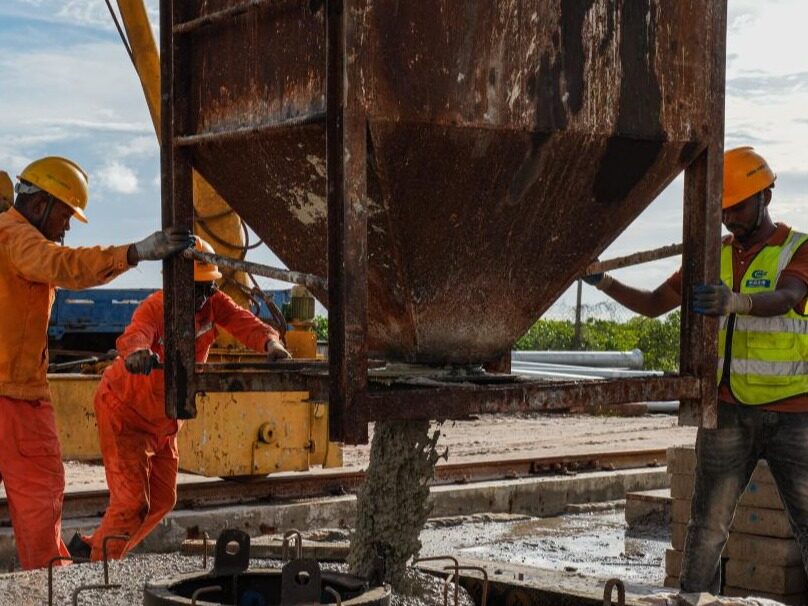
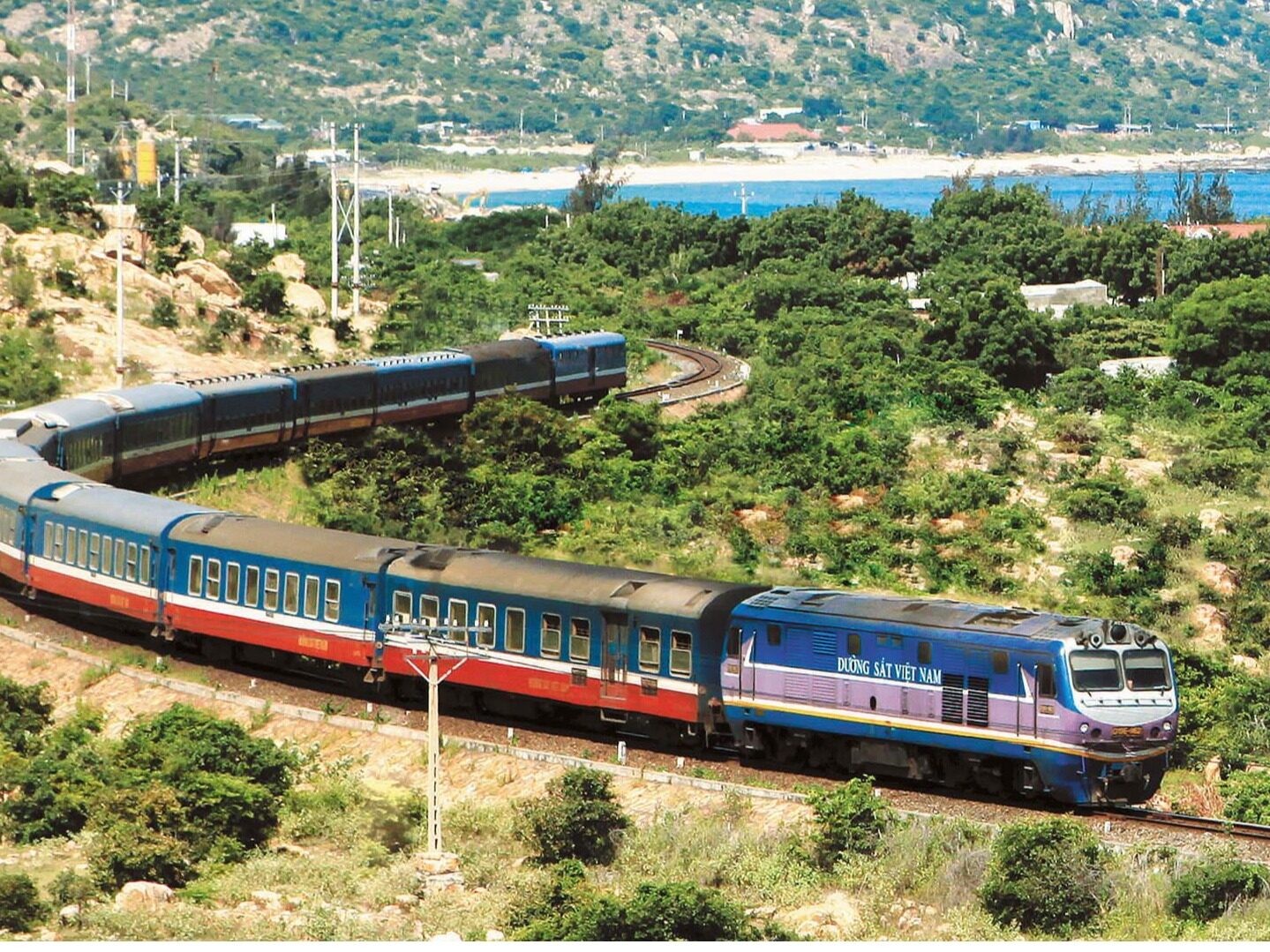


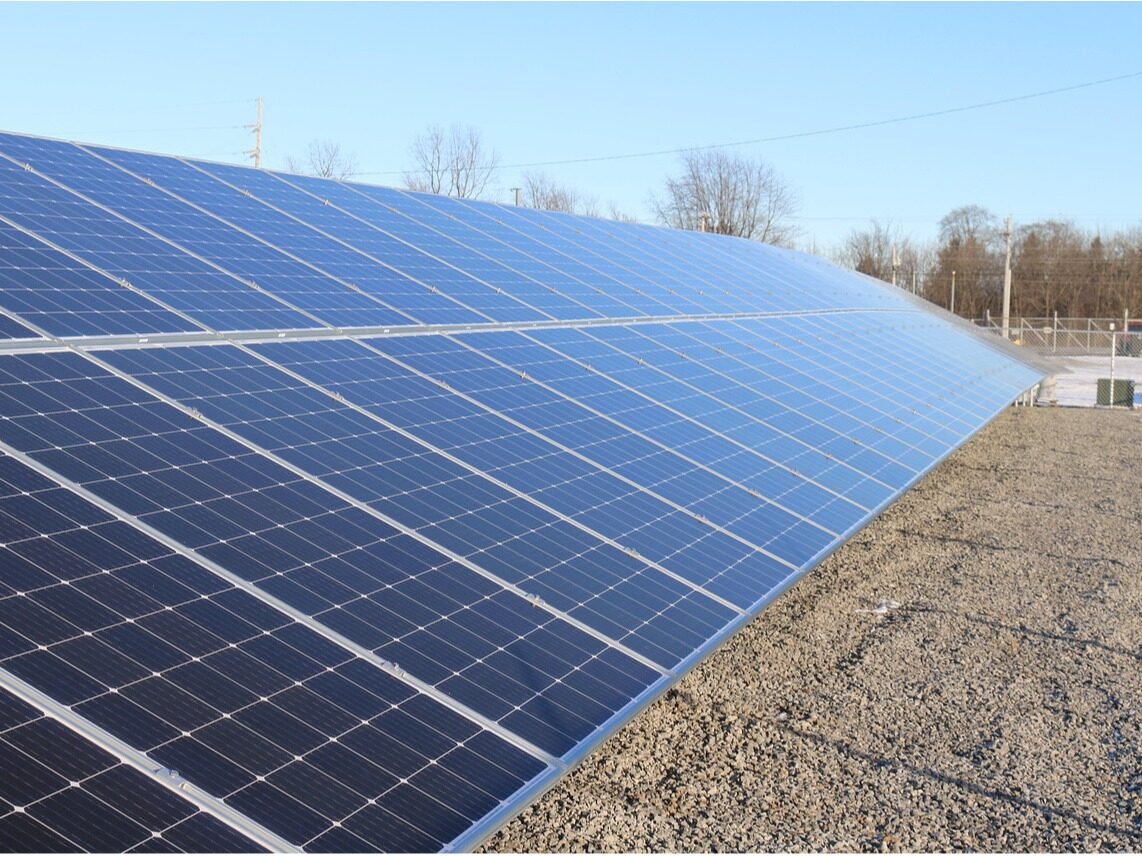
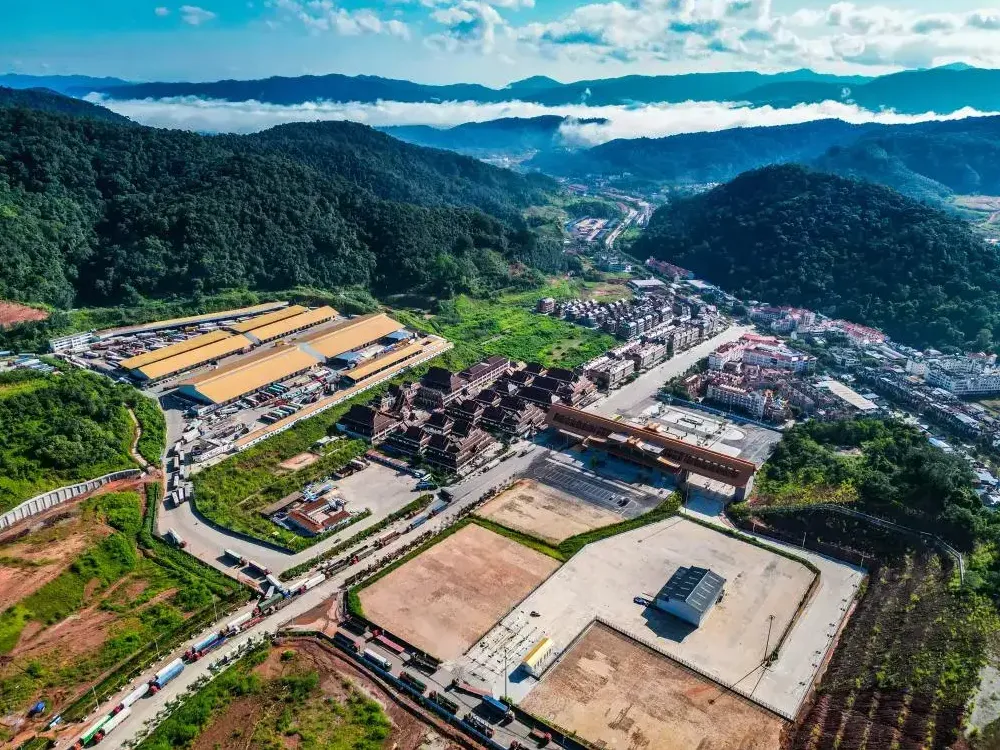






Write something~